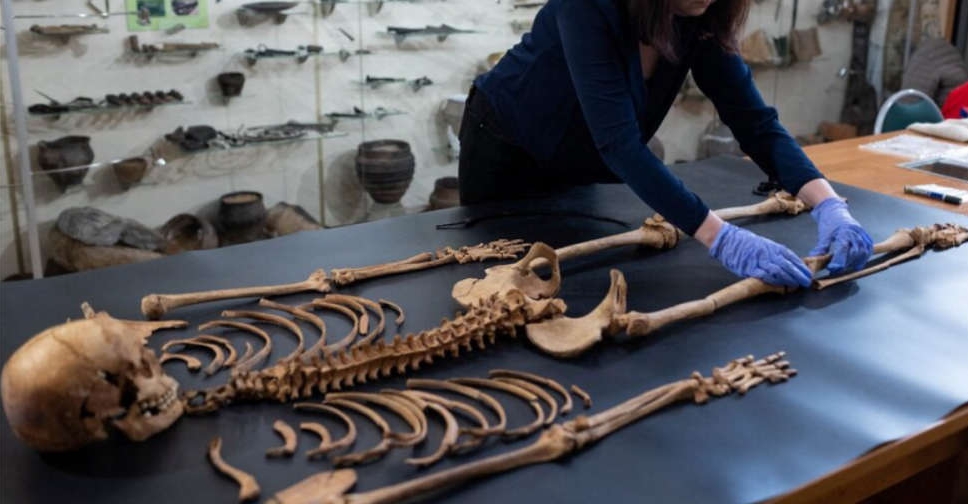
Buried with a padlock on her foot and an iron sickle across her neck, "Zosia" was never supposed to be able to come back from the dead.
Entombed in an unmarked cemetery in Pien, northern Poland, the young woman was one of dozens feared by her neighbours to have been a "vampire".
Now, using DNA, 3D printing and modelling clay, a team of scientists has reconstructed Zosia's 400-year-old face, revealing the human story buried by supernatural beliefs.
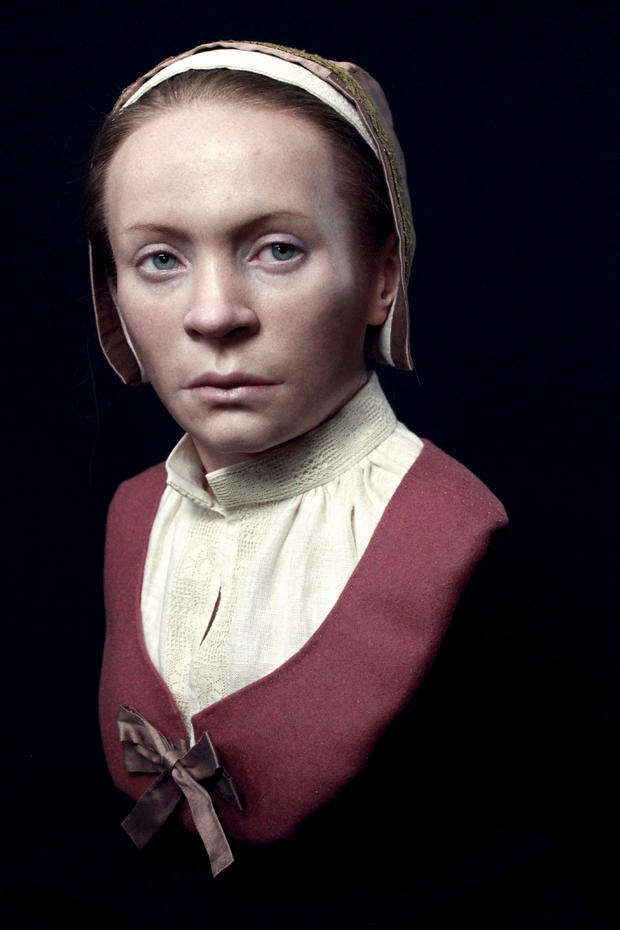
Photo: A 3D reconstruction of Zosia's face, via Oscar Nilsson - Project Pien
"It's really ironic, in a way," said Swedish archaeologist Oscar Nilsson. "These people burying her, they did everything they could in order to prevent her from coming back from the dead... we have done everything we can in order to bring her back to life."
Zosia, as she was named by locals, was found in 2022 by a team of archaeologists from Torun's Nicolaus Copernicus University.
Aged 18-20 when she died, analysis of Zosia's skull suggests she suffered from a health condition which would have caused fainting and severe headaches, as well as possible mental health issues, Nilsson said.



 French zoo workers say goodbye as pandas head to retirement in China
French zoo workers say goodbye as pandas head to retirement in China
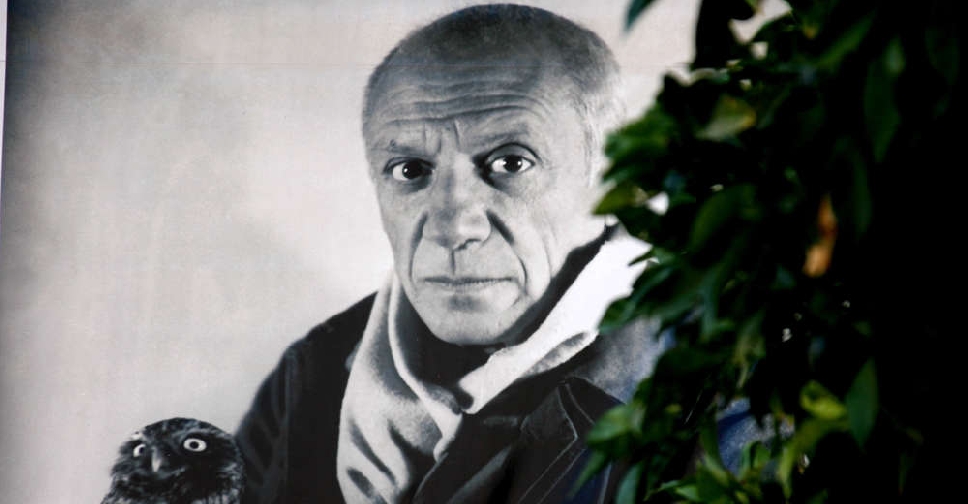 Picasso painting disappears en route to Granada exhibit
Picasso painting disappears en route to Granada exhibit
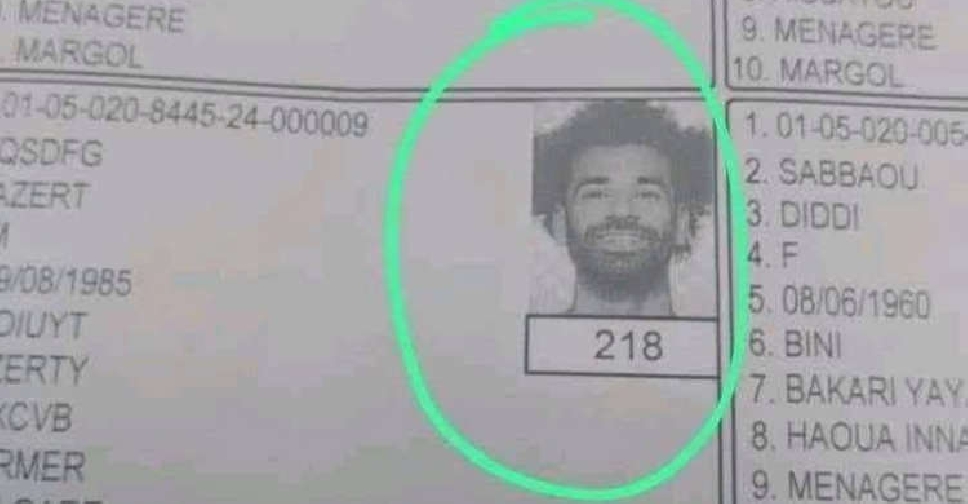 Mo Salah for President? Cameroon finds interesting electoral candidate
Mo Salah for President? Cameroon finds interesting electoral candidate
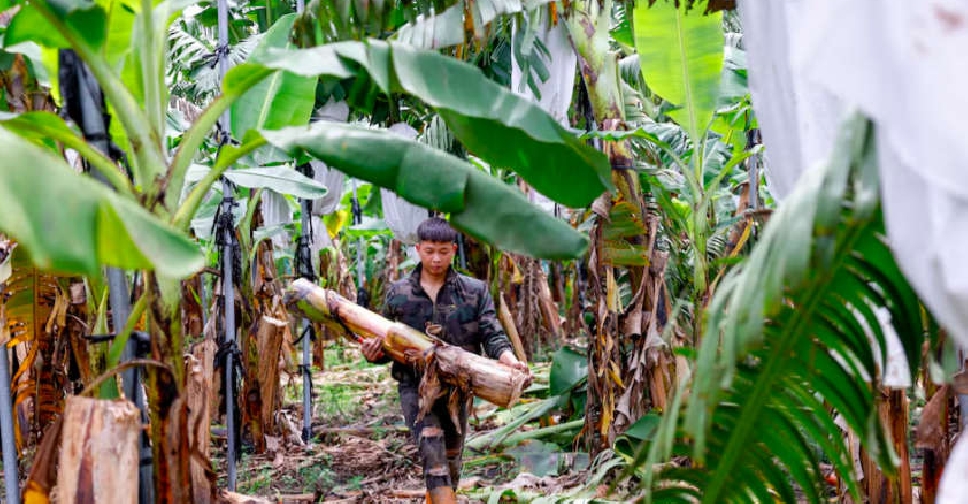 Bananas? Taiwan entrepreneur wants to make clothes out of plant material
Bananas? Taiwan entrepreneur wants to make clothes out of plant material
 Popular Gaza ice cream parlour stirs nostalgia with first UAE branch
Popular Gaza ice cream parlour stirs nostalgia with first UAE branch




